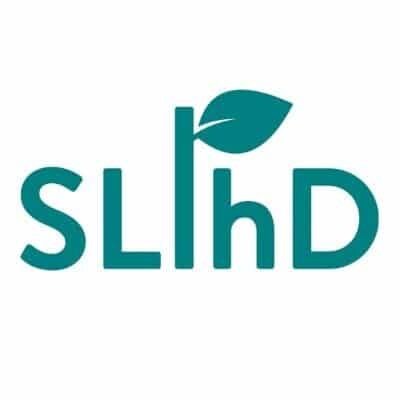Bridging Research and Clinical Practice: EBP in SLP - Contribution 4
Can we use monolingual assessments to profile bilingual children’s language skills? Rethinking current assessment tools
Appropriate assessment of the language abilities of bilingual children is one of the
ongoing challenges confronting SLPs. Diagnostic tools developed to assess language
abilities in monolingual children can be used to profile the language performance of
bilinguals, aiming to distinguish bilingual Atypical Language Development (ALD) from
typical, and potentially inform the diagnosis of Developmental Language Disorder
(DLD). However, even when evaluating both languages, there are no clear criteria for
using monolingual norms to interpret language outcomes in bilingual children.
A recent study from Rose et al. aims to contribute to the understanding of using
monolingual tests and norms to identify bilingual children with ALD and using scores as potential indicators of DLD. They assessed 131 bilingual children aged 5;6 - 5;11, acquiring English as a heritage language and Hebrew as a societal language.
Participants’ abilities in English were assessed using the CELF-Preschool 2, which provides an overall composite score alongside subtest scores for specific linguistic domains. For the CELF, norms are only available for monolingual English speakers, so the scores of children suspected of having ALD were individually compared to those norms and to the scores of their typically developing peers.
Results showed that monolingual norms were unreliable for bilingual children, except
for those with a late age of onset of bilingualism (AOB). The study suggests that
existing composite scores are not accurate when assessing bilingual children, but the
subtests that rely on nonspecific language skills would have better outcomes when
identifying ALD in bilinguals.
These results demonstrate that SLPs should be cautious when using monolingual tests
to detect ALD in bilingual children, highlighting the importance of considering the
amount of exposure to each language. The profiles of bilinguals with suspected ALD
are diverse, and multiple linguistic domains need to be addressed to identify the
difficulties that a child might have. These assessments should be adapted to bilingual
norms and could be combined with other assessments to diagnose DLD.
https://doi.org/10.1044/2021_LSHSS-21-00099
Paula Bellón, Mateja Gabaj, Caitlin Holme
SLPhD Members
Published online: 18 May 2022

